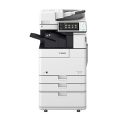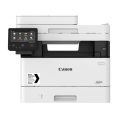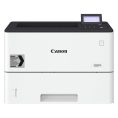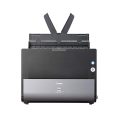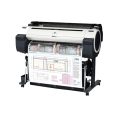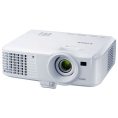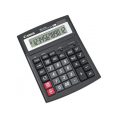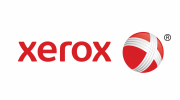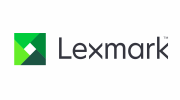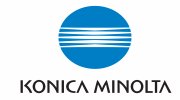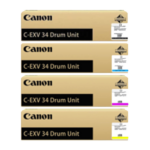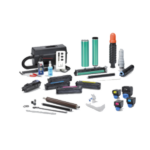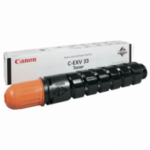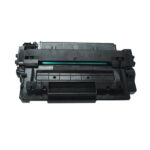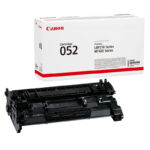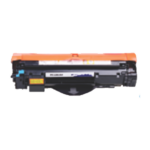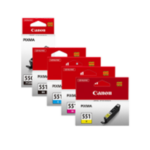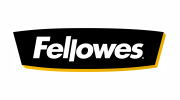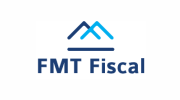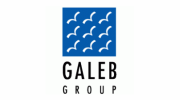
This will help to identify opportunities to improve efficiencies companywide, drive revenue and increase profit. What’s important to recognize is how inventory valuations and methods impact COGS and COGM for accounting for manufacturing. Since financials are reported periodically, inventory levels will change over time and impact COGS and COGM.

The Complete Guide to Manufacturing Accounting for Costing and Businesses

Companies can stay ahead in the competitive manufacturing landscape with the right practices and systems. WIP inventory represents partially completed products, making it one of the more complex aspects of manufacturing accounting in the Philippines. Valuing WIP requires the percentage-of-completion method, estimating costs based on the production stage. These valuations reflect a business’s financial health and are crucial in determining product profitability. Advanced inventory systems streamline this process, ensuring precise financial Accounting for Churches reporting. Additionally, having access to real-time data will allow you to make informed decisions about how best to improve your production process.

The Role of Accounting Software
The cost of scrap reported against a work order iscalculated based on the actual cost incurred till the operation wherethe scrap has been reported. The scrap accounting is based on theseparameters that are setup in the item cost profile. Uses the cost of the specific layer from which thecomponent was issued by the cost processor. HashMicro is Philippines’ ERP solution provider with the most complete software suite for various industries, customizable to unique needs of any business. With these modules combined into a single system, manufacturers have access to all the information they need in one place and can easily keep track of all their financial activities from one platform.
Manufacturing Accounting 101: Key Methods and Concepts
- When tracking inventory — both when matching costs to expenses, and in valuing the company’s assets at the end of the accounting period — a company must place a value on each item.
- In recent years, technology has changed the way accountants work with faster access to data while also making it easier for them to analyze large amounts of information quickly and accurately.
- Manufacturers take a unique approach to accounting because they don’t just ship, sell, and service goods – they create goods.
- This form of accounting ensures that every penny spent on producing a product is tracked, from the big stuff like direct labor costs to the smaller, often overlooked manufacturing overhead costs.
- At the end of the accounting period, closing entries are made to transfer balances from temporary accounts (revenues, expenses, dividends) to permanent accounts (retained earnings).
- This ensures seamless data movement between the shopfloor, inventory, and the back office, and further simplifies managing your business.
The chosen accounting method should offer detailed insights into material costs, direct and indirect labor costs, and overhead, enabling accurate financial reporting and decision-making. To understand manufacturing overhead, it is essential to differentiate between direct and indirect costs. Direct costs are expenses that are directly tied to the production of a specific product or job, such as the cost of raw materials, labor, and energy. Indirect costs, on the other hand, are expenses that are not directly linked to a specific product or job, but are necessary for the production process as a whole. If you have a business of manufacturing then you must understand that accounting is different here than traditional types.
Implementing manufacturing accounting systems, especially those designed for discrete manufacturing, is like automating the ship’s course, allowing for a more efficient journey. These systems help automate the manufacturing accounting process, from tracking production costing methods to monitoring inventory levels, thus aiding manufacturing accountants in their daily tasks. The result is a streamlined operation that enhances the accuracy of financial reporting and supports the overall growth of manufacturing operations through the use of manufacturing ERP. In manufacturing accounting in the Philippines, this practice addresses key financial areas such as raw material costs, labor expenses, overhead, and inventory valuation. By utilizing effective manufacturing cost accounting methods, businesses can gain insights into their production expenses and profitability, enabling them to make informed decisions that drive growth.
Improved Accuracy and Quality Control
To reflect this method, the accountants must make adjusting entries to the ledgers. This means adding entries that don’t show up in the record of transactions, which is done by referring to documents such as invoices rather than cash records. Implementing robust accounting practices can improve the business performance of manufacturing cash flow companies.

This guide will cover the basics of manufacturing accounting and how it can help your manufacturing accounting process business succeed. Process costing for manufacturing is generally used by manufacturers who produce standardized goods using similar or the same processes. Each customer receives identical or similar products manufactured using identical or similar processes.

Ledger Accounts
It is particularly vital because it involves an upfront investment in production before sales occur. Adhering to this principle ensures financial accuracy and compliance with accounting standards. To effectively evaluate and compare the leading ERP software options for manufacturing, utilize our complimentary tool. This tool offers a comprehensive analysis of various ERP system solutions, such as Oracle NetSuite, Epicor, Infor, and SAP Business One, enabling you to make informed decisions. Assess how these software solutions measure up against their competitors in terms of features, functionalities, performance, and suitability for manufacturing operations.

